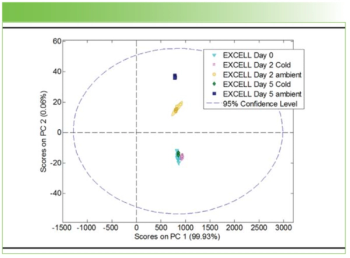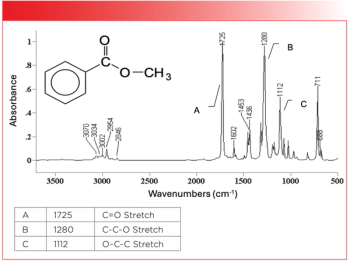
SciX 2023: A Look at the Tuesday Afternoon Oral Session Focusing on 50 Years in Mass Spectrometry
On Tuesday October 10th from 3:50–5:30 pm, an oral session focusing on 50 years in mass spectrometry will take place. We preview this session here.
From 3:50–5:30 pm, an oral session titled “50 Years in Mass Spectrometry” will be taking place in Southern Pacific A/G. This series of six talks will discuss a variety of spectroscopic techniques being used in forensic analysis.
At 3:50 pm, Benjamin Garcia of the Washington University School of Medicine will kick off the session with a talk titled, “Development of new tools for RNA modification analysis by MS.” This talk will present two chemical derivatization approaches to improve the retention of RNA mononucleosides on C18 based columns and enhance quantification, as well as data independent acquisition methodology that can quantify over 70 RNA modification types.
Following this, at 4:10 pm, Carlito Lebrilla of the University of California, Davis, will give a talk titled, “The Glycomics of Food.” Lebrilla’s talk will provide an inside look at the analytical challenges facing food analysis, and touch upon how monosaccharide and linkage analyses have helped create a comprehensive database of food carbohydrates.
Next, at 4:30 pm, Boone Prentice of the University of Florida will give a talk titled, “Unraveling the Spatial Lipidome Using Gas-phase Ion/Ion Reactions.” This talk will discuss novel imaging technologies, such as high-resolution accurate mass (HRAM) measurements, collision induced dissociation (CID), and ion mobility-mass spectrometry (IM-MS), and how they can be used to provide high levels of chemical resolution.
Finally, at 4:50 pm, the session will conclude with a talk that will be led by Hilkka Kenttamaa of Purdue University. The talk, titled, “Functional Group-selective Ion-molecule Reactions in Structural Characterization of Drug Metabolites and Degradation Products by Tandem Mass Spectrometry,” will discuss automation of diagnostic ion-molecule reaction experiments, and several examples are brought up.
Newsletter
Get essential updates on the latest spectroscopy technologies, regulatory standards, and best practices—subscribe today to Spectroscopy.





